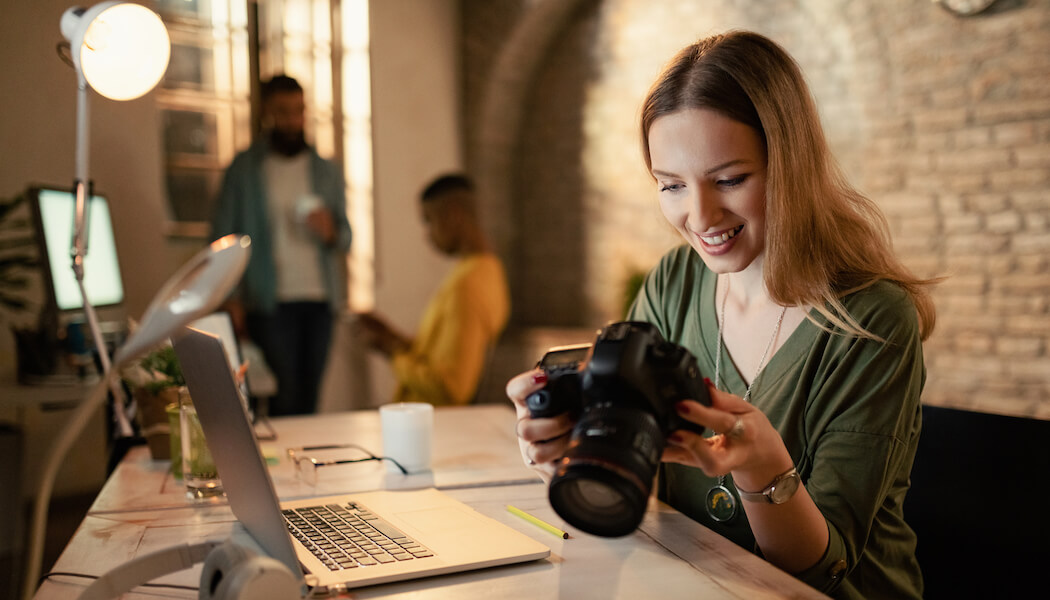Original creators like you keep the internet exciting with your content. But the thing about the internet is that the higher the quality of content, the more it inspires derivatives and rip-offs at the cost of the original creator.
Since virality is one of the key factors of online content, it becomes a balancing act between pushing your content to the world and safeguarding it from misuse. And that’s what we will discuss today: how creators can safeguard their content in an economy that’s soon to be worth $500 billion.
While we talk about protecting original content and intellectual property (IP), we have to delve into the legal side of the things—things you should know about as an online creator.
Key legal terms in the copyright space
You might have seen terms like IP, copyright, and trademark being used interchangeably in different contexts, but if you want to have a real chance against impersonators and content thieves, you must know them individually.
Intellectual property (IP)
Intellectual property (IP) is the umbrella term for all things original. IP covers creative ideas and executions, such as literary, artistic, musical, and visual works. Once a piece of content is published, you automatically have an IP for it.
But, having IP ownership itself doesn’t protect your content from misuse. You have to register for copyright and trademarks, which are parts of IP laws.
Copyright
Copyright is the legal proof that grants you exclusive rights to the content you produce and share. Only the copyright owner can use, modify, and distribute the content along with permitting others. Any kind of repurposing or distribution without the owner’s permission can open up a copyright infringement case.
Copyright is effective throughout the creator’s lifetime and 70 years after that unless they willingly put it in the public domain.
But that’s not where copyright protection laws end. Depending on the situation, copyright can be divided into 3 parts:
- Single ownership: As the term suggests, when you’re the sole creator, you get complete ownership and benefits.
- Joint ownership: When two or more creators come together to create a new piece of content, the copyright protection benefits are equally shared by all parties. Joint ownerships are typically used for collaborations and academic research work.
- Collective work: In creative jobs, a group of people contributes individual content to create a combined piece, such as a documentary or a research paper. Each contributor retains copyright for their contribution, but the collective work belongs to someone else. Collective work is often owned by employers where employees “work for hire.” Freelance content creators can either license or use assignment agreements to transfer rights to the client.
Trademark
Trademarks are a form of IP that protects your brand identity. This includes logos, names, slogans, designs, and brand-specific artworks that differentiate you from the rest. The ™ or ® symbols that you see beside brand names or posts suggest trademarks.
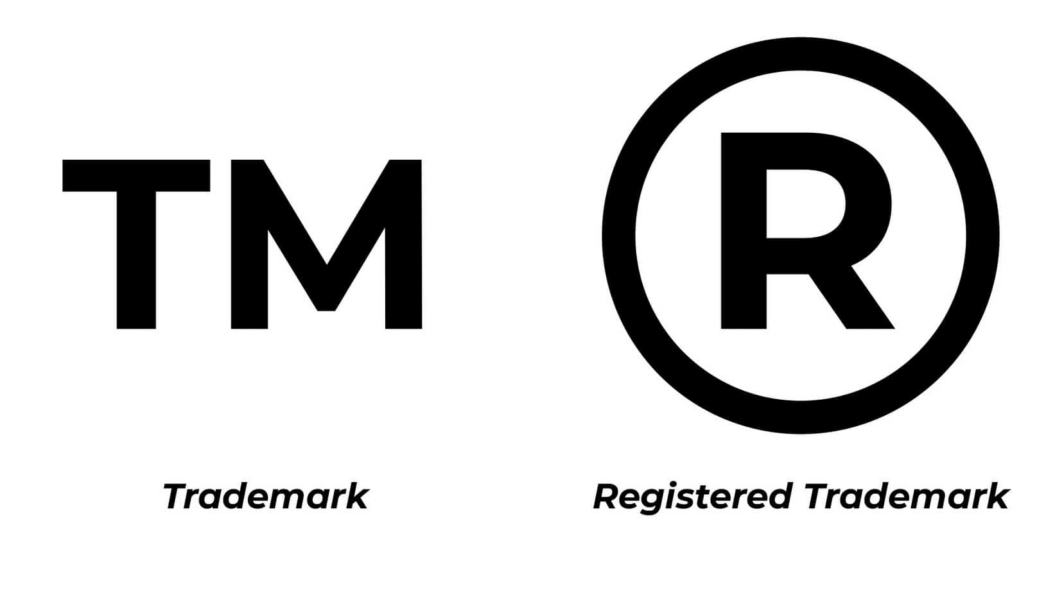
Trademarks are different from copyrights because they’re focused on discouraging impersonators and competitors from exploiting your brand identity, while copyrights protect content from plagiarism and unauthorized use.
Just like copyright, you’re assigned a trademark the moment you publish something, but for the best effect, you must register with the United States Patent and Trademark Office (USPTO).
Exemptions under copyright laws
To use copyright laws to your advantage, you must know where they don’t apply. Here are a few exceptions to copyright protection laws:
Fair use
Under fair use laws, a piece of content can be used without permission from the original creator. But in order to qualify for fair use, the new content must exhibit few characteristics. Courts use these parameters to judge whether it falls under fair use:
1. Whether it’s used for the purpose of education or valid criticism
To preserve freedom of expression, a published work can be critiqued, commented upon, and used in the classroom for educational purposes. That’s why we get to see so many “in response” videos, opinion pieces, and reaction videos on YouTube. If the fair use attempt is nonprofit or non-commercial in nature, it lends greater credibility to the work.
2. The creative flair of the original work
If the original work is creative content (music, art, videos, etc), the argument for fair use is weakened. Fair use is most credible when the primary content is factual or non-fiction in nature.
3. The extent of using original content
Courts also consider the “quality and quantity of original work” to determine fair use. If the derivative content uses a substantial portion of copyrighted content to drive an argument, it may not get away with fair use claims. But this is not a hard and fast rule. Courts look into contexts to understand the usage.
4. Whether the commercial success is impacted
If the derivative work reduces the commercial success of the copyrighted work or its future possibilities, courts may not lean toward fair use laws.
Before you file a copyright infringement claim, make sure the defendant’s work is not part of fair use laws. Since it depends on interpretations and varies from case to case, it’s okay if you’re not 100% sure about your chances.
Copyright licensing
As the creator of the copyrighted content, you can license your work (like original music, for example) to be used by others. This is the most common (and legal) way to use copyrighted content.
The terms and conditions of the license must be agreed upon by both parties and documented to avoid surprises. Regardless of your licensing deals, you, as the creator, will still hold ownership of the content.
With exclusive licensing, a creator gets complete control over your work, which often involves a bigger paycheck for you and peace of mind for the creator buying the license.
Creative Commons
If you want your work to be publicly available and used for specific purposes, you can license your work through Creative Commons. It works as a search engine for copyright-free creative work that can be used by the public.
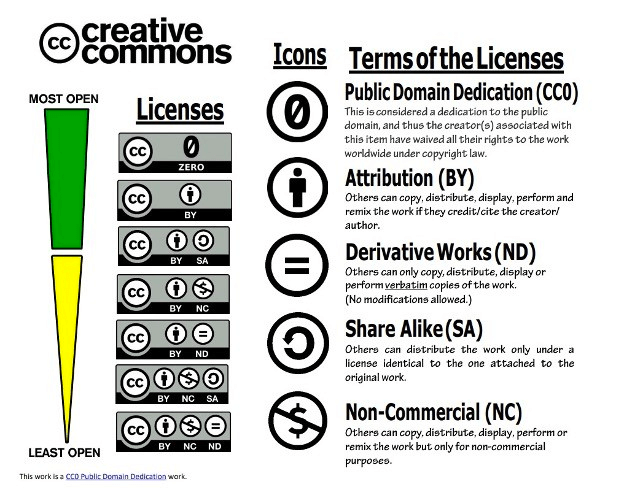
Public domain
Works that are in the public domain are not part of copyright deals. For example, if you plan to use the classic Mickey Mouse image in 2024 in your online profile, you can’t file a copyright claim for someone using the same image since Mickey Mouse will enter the public domain in 2024.
In a nutshell, if your original work is being used without a licensing deal, you have a case for copyright infringement, provided it doesn’t fall under fair use policies.
How to register for copyright protection?
Enforcing copyright is a lot more difficult when you haven’t officially registered. Here are the steps you need to follow to register for copyright protection:
1. Get hold of all the necessary details of your creative work and keep them organized
2. Get your copyright application form from the U.S. Copyright Office (https://www.copyright.gov/registration/), fill in all the data, and pay a $65 application fee
3. Once you submit the form, you’ll have to wait for the Office to process the application and get back to you. This can take anywhere between 3 to 10 months.
After applying, you may be asked questions by the Office. Be prepared to respond quickly and keep all the documents ready.
How to register for trademark protection?
Similar to copyright registration, you need to register your trademarks for legal protection. Here are the steps you must follow:
1. First, make sure you have a unique trademark that’s not already listed with USPTO. Run a trademark search.
2. Remember that your application becomes a public record, so prepare your documents early. Determine the type of trademark you want to register, identify your filing basis (use in commerce/intent to use), and choose your application form. TEAS Plus costs less ($250) but you can manually enter goods and services descriptions with TEAS Standard ($350).
3. The examining attorney will verify your trademark over a period of a few months. During this time you may be asked to fix some legal requirements in the application.
4. If everything goes well, you’ll receive a Notice of Allowance from USPTO.
Best practices to safeguard your original content
Registering for trademark and copyright protection gives you a strong legal base. But you shouldn’t wait for someone to infringe upon your copyright to take action. Here are a few ways you can protect your original content and identity:
Create a unique brand
Trademark cases become a lot easier when you have a strong and unique brand identity. For example, it’s difficult to copy or steal from Liquid Death, Nike, Airbnb, or Prime energy drinks without getting called out for it. In written content as well, brands like HubSpot and Slack have unique identities that are easier to defend.
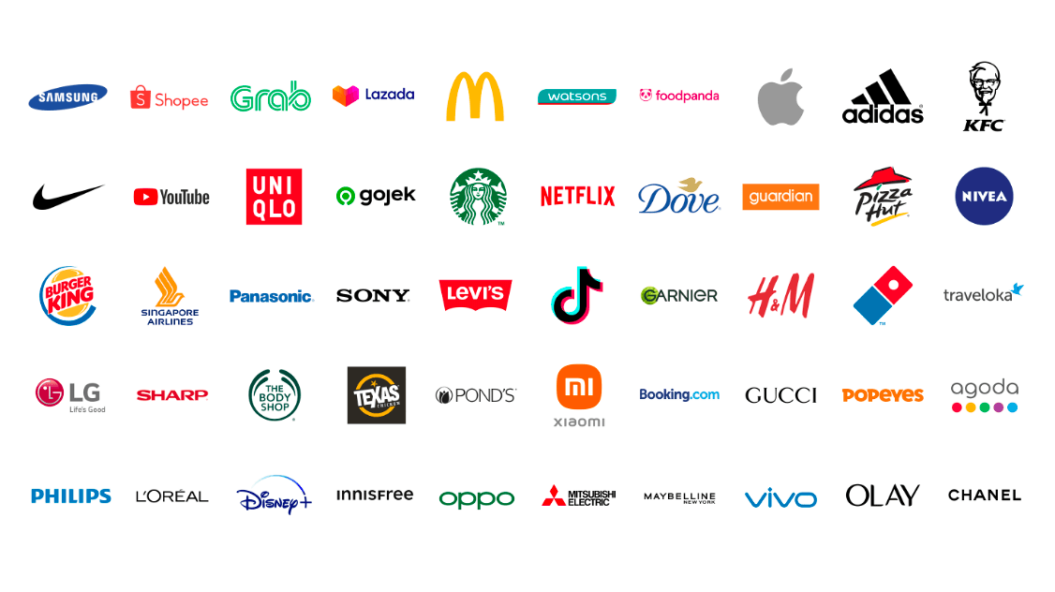
By creating original, and consistent content for a loyal base of followers, you can fend off impersonators and identity thieves.
Document and track your content
Constantly record your published content, including date, time, categories, key ideas, and original elements that may help you, should you decide to move to courts.
Over time you’ll be able to create a backup center of your content which will help you not only track but also keep your data organized. By frequently using plagiarism tools you can also track duplicate content.
Discuss joint and collective work copyrights
Enforcing copyright protection laws becomes complicated if you’re not sure of your case. It often happens with joint ownerships so make sure you have all the details fleshed out and that both parties are on the same page. Communicate frequently and make sure both get a good deal out of licensing.
If you’re a creator who has done some freelance work for a client you should look into copyright licensing to share temporary access to your work or assignment agreement to completely transfer the rights to the client.
Use DMCA takedown notices
Digital Millennium Copyright Act (DMCA) is one of the first and most effective ways you can stop people from stealing your work. A DMCA notice informs the accused to stop misusing your work and requests the service provider remove existing content.
You may have to wait a few days to see changes, otherwise, you can file a copyright infringement case. DMCA can be filed regardless of whether you’re registered with the U.S. Copyright Office.
Be familiar with social media copyright policies
As a content creator and influencer, you’re not alien to various platform rules. On top of content moderation and posting rules, you should also make yourself familiar with the copyright policies of different social media platforms. This will help you to quickly spot and take action against infringers.
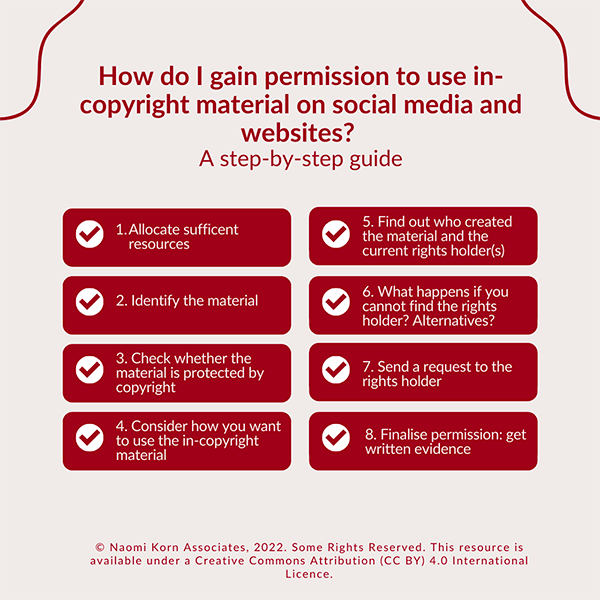
Use a digital rights management (DRM) tool
A lot of writers and bloggers have found success with digital rights management (DRM) tools that add extra layers of security via encryption, watermarking, and access management to protect ownership. Licensing with DRM tools may also help creators get better monetary deals.
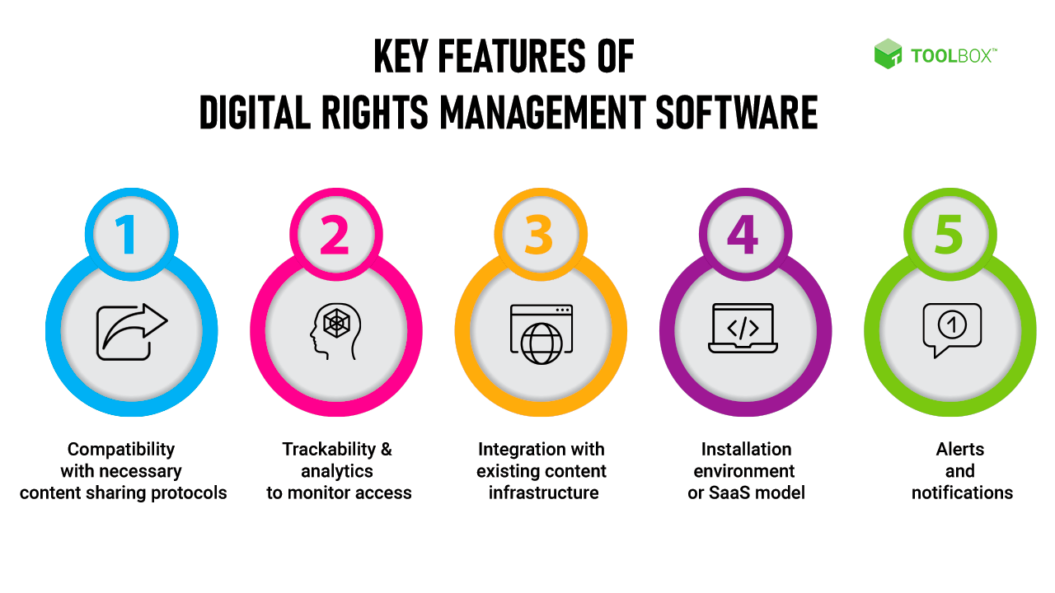
For video content creators, Uscreen offers an all-in-one membership platform, which means you can create, host, and distribute videos within a single platform while engaging with your followers. Uscreen helps you track your content and membership performance, helping in content documentation.
For those of you who are podcasters or work with audio content, using the right tools is essential for both creating and protecting your work. Quality podcast editing software can help in enhancing the uniqueness of your content, making it more distinctive.
Update your content distribution strategy
Copyright protection for online creators is an evolving topic. While several measures are already in place (as discussed above), it seems we’ve not yet reached a definitive solution. With the rise of generative AI, impersonation and copyright infringements may become a broader issue.
As creators looking to protect original work, you need to pay attention to the new developments in IP policies. Authors like George R. R. Martin, John Grisham, and Sarah Silverman have filed lawsuits against OpenAI for copyright infringements. If you’re a writer, you can protect your blog by disabling GPTBot with the robots.txt file.
Stay ahead of the curve
Originality is hard to mimic. It’s true people get inspired by quality content, but you should watch out for malicious intent. First, register for copyright and trademark and always stay vigilant about your creator identity. A membership platform like Uscreen makes sure the video content creators have an easy time tracking their original content.
